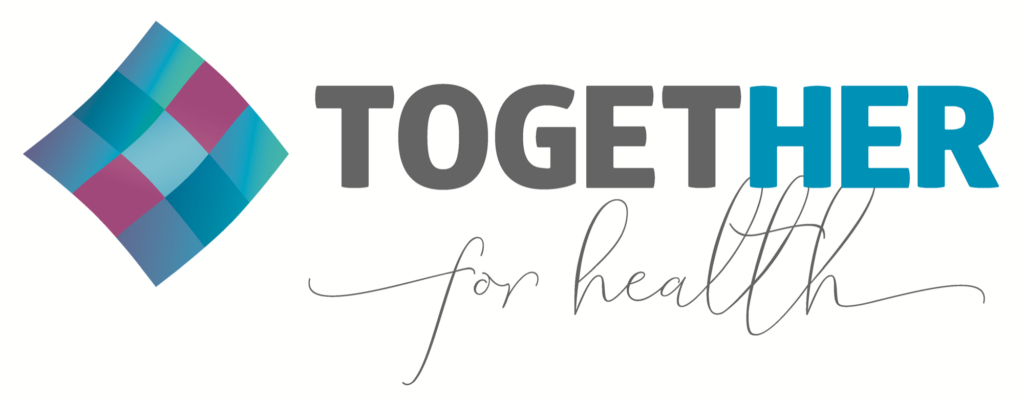The Beginning of the End: A Strategy to Eliminate Cervical Cancer
This past week, Member States of the World Health Organization (WHO) officially adopted the WHO Global Strategy Towards Elimination of Cervical Cancer as a Public Health Problem, as presented in May 2020 at the 73rd World Health Assembly. The adoption of the Strategy represents a major milestone for the global cervical cancer community, and one that gives national, regional and global stakeholders a common goal, with specific 10-year targets for vaccination, screening and treatment.
Based on WHO models, if countries are able to vaccinate 90% of girls against human papillomavirus (HPV) by age 15, screen 70% of all women for precancerous cervical lesions, ideally at 35 and 45 years, respectively, and offer treatment to 90% of those women in need, we’ll significantly reduce new cervical cases and deaths from this disease . Further, we will have set the world on a clear path for the elimination of cervical cancer in the coming decades.
So, what comes next?
TogetHER for Health will continue to work alongside our partners to champion cervical cancer as a solvable public health issue. The adoption of the global elimination strategy gives cervical cancer much-needed visibility and a clear roadmap for success, but we recognize that strategy must translate to action to save lives.
Access to HPV vaccines, screening and treatment remain a significant challenge globally. WHO data indicate that as of 2020, less than 25% of low-income countries have introduced HPV vaccines into their national vaccination schedules. In comparison, more than 85% of high-income countries have done so. Similar patterns are reflected with screening coverage rates by country income status. We must work side by side with all partners – donors, government agencies, and civil society – to ensure equitable access to effective prevention measures for girls and women. In addition, we must continue to identify and improve referral pathways for timely and effective care for those women identified with cervical disease.
Despite the challenges ahead, we are inspired by the effective tools already available to ensure high-quality, patient-centered care across the life course for girls and women. Efficient and strategic deployment of these tools, combined with necessary political will and costed national cancer control plans, are critical to ensuring global success, country by country, and region by region.
Alongside improved technologies, proven strategies exist to increase our chances of success towards elimination. Ensuring access to timely prevention and treatment for women living with HIV – who are at least five times more likely than their HIV-negative peers to develop cervical cancer – are key to addressing the growing burden of cervical cancer globally. In addition, effective integration of HPV vaccine and ‘screen and treat’ services within the broader offering of sexual and reproductive health services, including family planning and HIV/STI service integration, offers women a broader menu of options and can improve operational efficiencies.
As this groundbreaking strategy guides our efforts going forward, I commit the following to our stakeholders:
To our community of implementation partners, we at TogetHER stand ready to champion the work being done to improve screen and treat strategies, such as integration of cervical cancer and family planning services, and the identification of effective models to increase access and scale of self-collection for HPV testing programs. We are encouraged by broader adoption of high-precision tests and by the early data around new technologies such as automated visual evaluation (AVE) to carry forward the promise of reliable, effective screening at scale, which will allow us to deliver on the 2030 elimination targets.
To our advocacy partners, we commit to raising our organizational voice alongside yours, for greater visibility of cervical cancer, the need for increased resources to effect change, and the importance of sustained focus on our elimination goals, even as COVID-19 leaves us in uncertain, challenging times.
To frontline health providers, we recognize the sacrifices you make every day to serve patients in your communities. Without your continued efforts, global overtures to cervical cancer elimination are hollow rhetoric.
To girls and women, to their families, and to communities around the world affected by this disease, we acknowledge the suffering and stigma that this unwanted disease brings to your doorstep. We will continue to work on your behalf to ensure that, one day, this disease is history.
And to cervical cancer, watch out. We’re coming for you, and we’re bringing the world with us.
